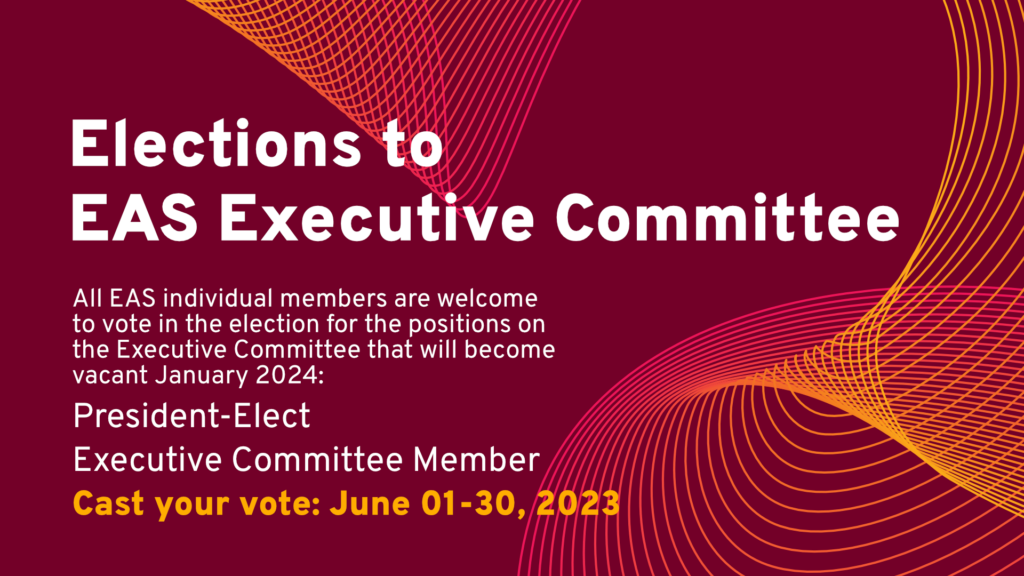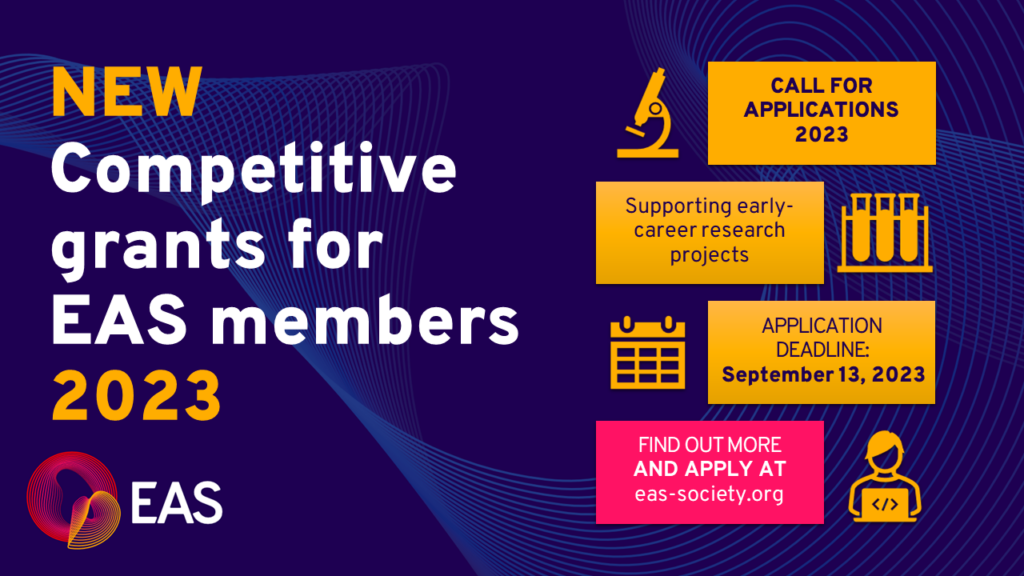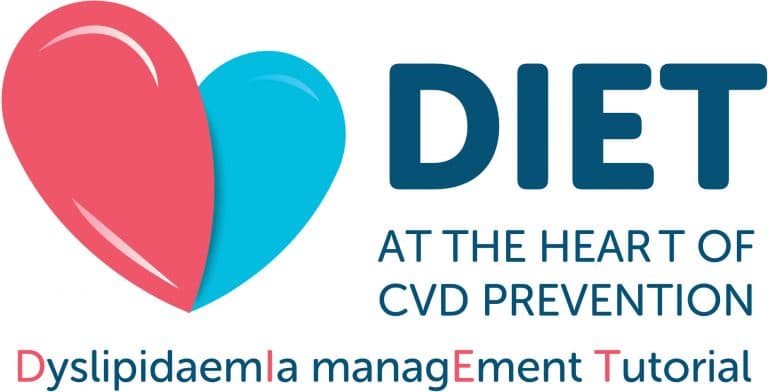EAS Newsletter June 6, 2023
EAS Congress:
What the EAS Congress in Mannheim looked like in numbers?

The #EASCongress2023 was an amazing event that brought together over 2000 participants from all around the world. The congress provided an incredible platform for sharing scientific knowledge, fostering collaboration, and exchanging ideas among professionals in the field of atherosclerosis.
The program was diverse and exciting, with representatives from various countries. It was so cool to see experts from different backgrounds coming together to advance our understanding, prevention, and treatment of atherosclerosis. The energy and enthusiasm of the participants really made the congress a success.
One of the highlights of the event was the opportunity to network. Meeting and connecting with colleagues from different parts of the world was a real joy. We had the chance to learn from each other, establish new collaborations, and make lasting connections. It was a vibrant atmosphere of collaboration.
Overall, the #EASCongress2023 was an unforgettable experience. It was a celebration of knowledge, collaboration, and the passion for advancing our understanding of atherosclerosis. We can’t wait for the next congress to continue this journey together!
2084 Delegates:
1639 Onsite
445 Online (live)
96 countries represented from all continents
Top countries in person: Germany, Italy and Spain
Top Viewed Live: Plenary 1: Integrating the many players of cardiovascular risk
Clicking on the link below, as an attendee of the EAS Congress 2023, you will find sessions on-demand:
Sessions on-demandEAS Governance:
Vote in the EAS elections and shape the society’s future, June 1-30

The voting period for the EAS Executive Committee elections has begun!
Cast your vote June 1-30, 2023, through our website-based ballot. Please remember that:
– only EAS ordinary members (full individual members) have voting rights
– each member is entitled to cast their vote once
– you need to sign in to your EAS full individual member account to be able to access the online voting form
Don’t miss an opportunity to shape society’s future by using your vote in EAS elections. Every single vote counts!
To online voting formRead about the candidatesEAS Publications:
Helping practitioners to translate the guidelines into patient care – The Clinician’s Handbook, Update 2023

Since 2019 a number of new studies have been published, some new lipid-lowering drugs have been accepted by the authorities, and new consensus documents have been published by EAS.
It is therefore time to publish an updated version of the Handbook that takes into account these recent developments.
The goal of this updated version of The Clinician’s Handbook is to follow up the 2019 Guidelines and to discuss how to apply in modern clinical practice the recent progress in drug development and science.
With a background in the 2019 Guidelines, the new lipid-lowering drugs and recent key publications are now discussed in the Handbook’s introduction. And for each case example, the impact of the new therapeutic options and recent scientific progress on clinical practice is discussed in an author’s comment.
The Clinician’s Handbook is freely available as a PDF exclusively for EAS individual members.
Access The Clinician’s Handbook as an EAS memberEAS Governance:
Funding available to support research projects of early-career EAS members – apply now

One of the aims of the Society is to ensure that research in the atherosclerosis field continues and thrives for years to come.
To do this, we need to encourage talented young scientists in their careers in the atherosclerosis field, and for many years EAS have done this through various travel grant & fellowship schemes – and through scientific programmes dedicated to young investigators.
Following on from last year’s highly successful call for applications, we are pleased to announce a new call for 2023. Deadline for applications is September 13th, 2023.
Apply hereEAS Collaborations:
Lifestyle changes and the usage of beneficial dietary patterns can contribute to LDL-C lowering. One tool confirms it

Elevated low-density lipoprotein cholesterol (LDL-C) is a significant risk factor for CVD. Lifestyle and dietary interventions are important for both primary and secondary prevention of CVD.
Key strategies to manage LDL-C include reducing saturated fats, avoiding trans fats, increasing fruit and vegetable intake, consuming dietary fibers, and incorporating foods with added phytosterols/stanols.
Dietary changes can lower LDL-C levels and reduce the risk of developing CVD.
Studies have shown the benefits of the Mediterranean diet in reducing mortality and the risk of heart attack, especially in women.
Practical educational resources like the “Diet at the Heart of CVD prevention” tool can provide further guidance on this topic.
To Diet at the Heart